Luiz E. S. de Oliveira
Texture CNN for Histopathological Image Classification
May 28, 2019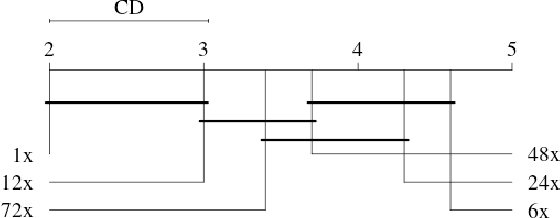

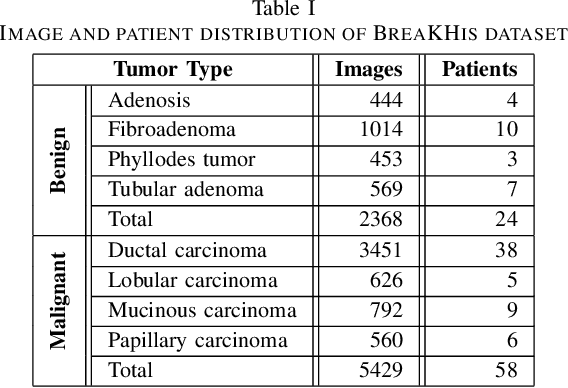
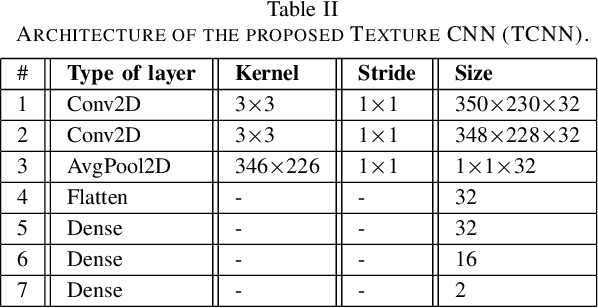
Abstract:Biopsies are the gold standard for breast cancer diagnosis. This task can be improved by the use of Computer Aided Diagnosis (CAD) systems, reducing the time of diagnosis and reducing the inter and intra-observer variability. The advances in computing have brought this type of system closer to reality. However, datasets of Histopathological Images (HI) from biopsies are quite small and unbalanced what makes difficult to use modern machine learning techniques such as deep learning. In this paper we propose a compact architecture based on texture filters that has fewer parameters than traditional deep models but is able to capture the difference between malignant and benign tissues with relative accuracy. The experimental results on the BreakHis dataset have show that the proposed texture CNN achieves almost 90% of accuracy for classifying benign and malignant tissues.
People Counting in Crowded and Outdoor Scenes using a Hybrid Multi-Camera Approach
May 08, 2017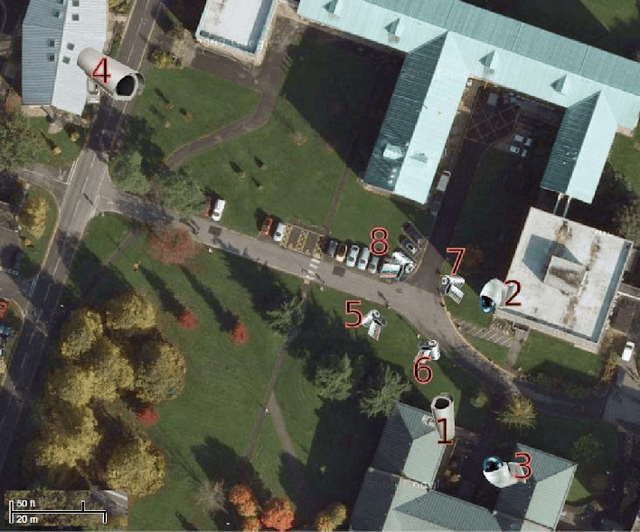
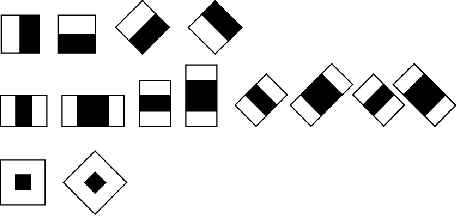

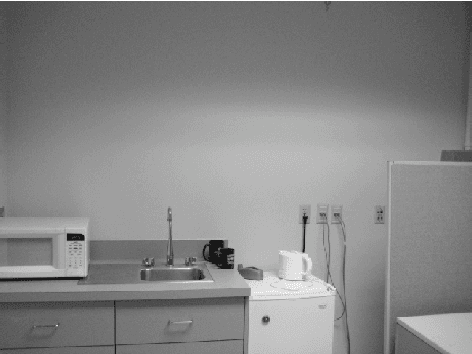
Abstract:This paper presents two novel approaches for people counting in crowded and open environments that combine the information gathered by multiple views. Multiple camera are used to expand the field of view as well as to mitigate the problem of occlusion that commonly affects the performance of counting methods using single cameras. The first approach is regarded as a direct approach and it attempts to segment and count each individual in the crowd. For such an aim, two head detectors trained with head images are employed: one based on support vector machines and another based on Adaboost perceptron. The second approach, regarded as an indirect approach employs learning algorithms and statistical analysis on the whole crowd to achieve counting. For such an aim, corner points are extracted from groups of people in a foreground image and computed by a learning algorithm which estimates the number of people in the scene. Both approaches count the number of people on the scene and not only on a given image or video frame of the scene. The experimental results obtained on the benchmark PETS2009 video dataset show that proposed indirect method surpasses other methods with improvements of up to 46.7% and provides accurate counting results for the crowded scenes. On the other hand, the direct method shows high error rates due to the fact that the latter has much more complex problems to solve, such as segmentation of heads.
 Add to Chrome
Add to Chrome Add to Firefox
Add to Firefox Add to Edge
Add to Edge